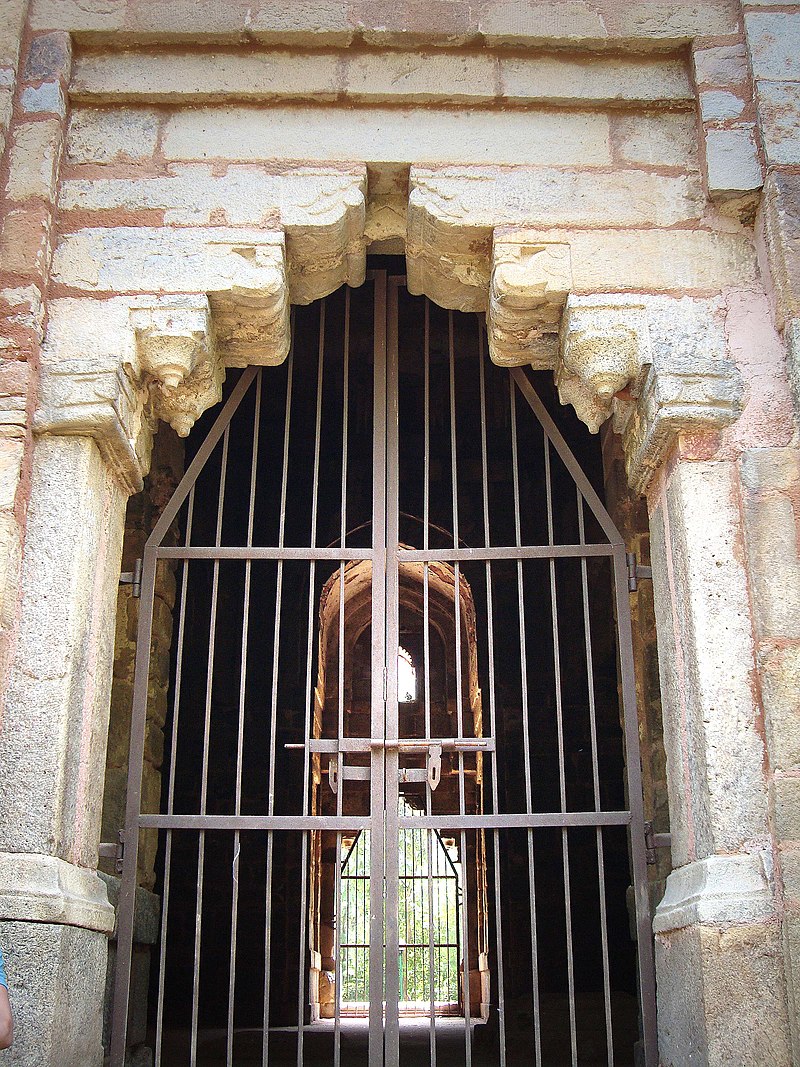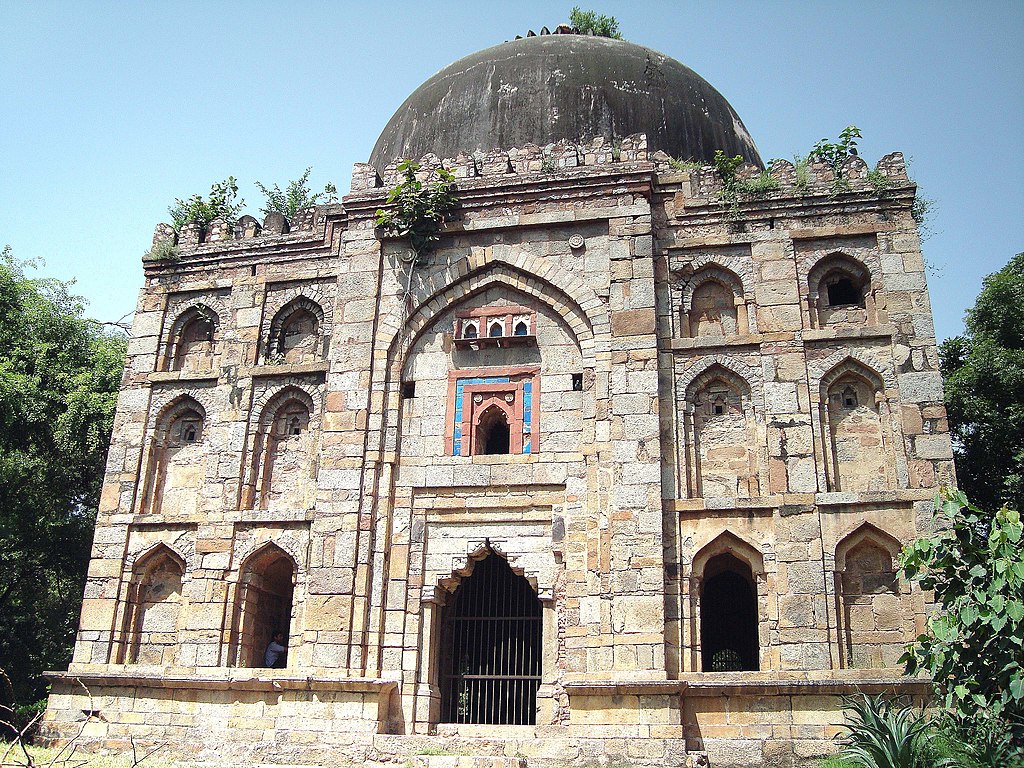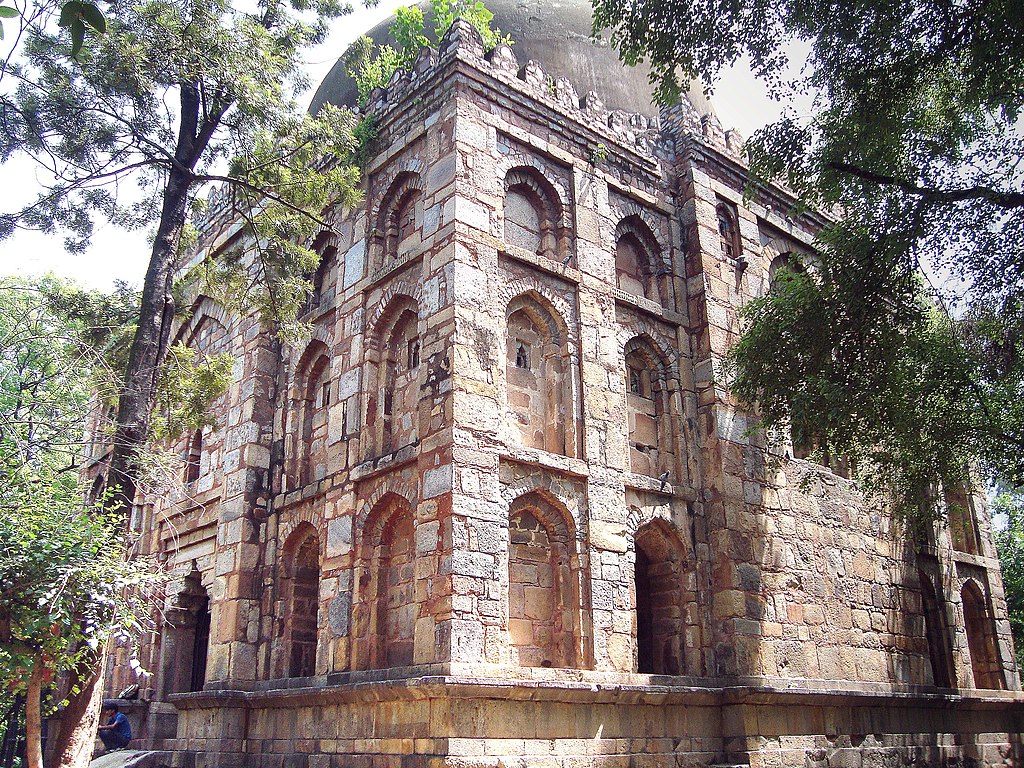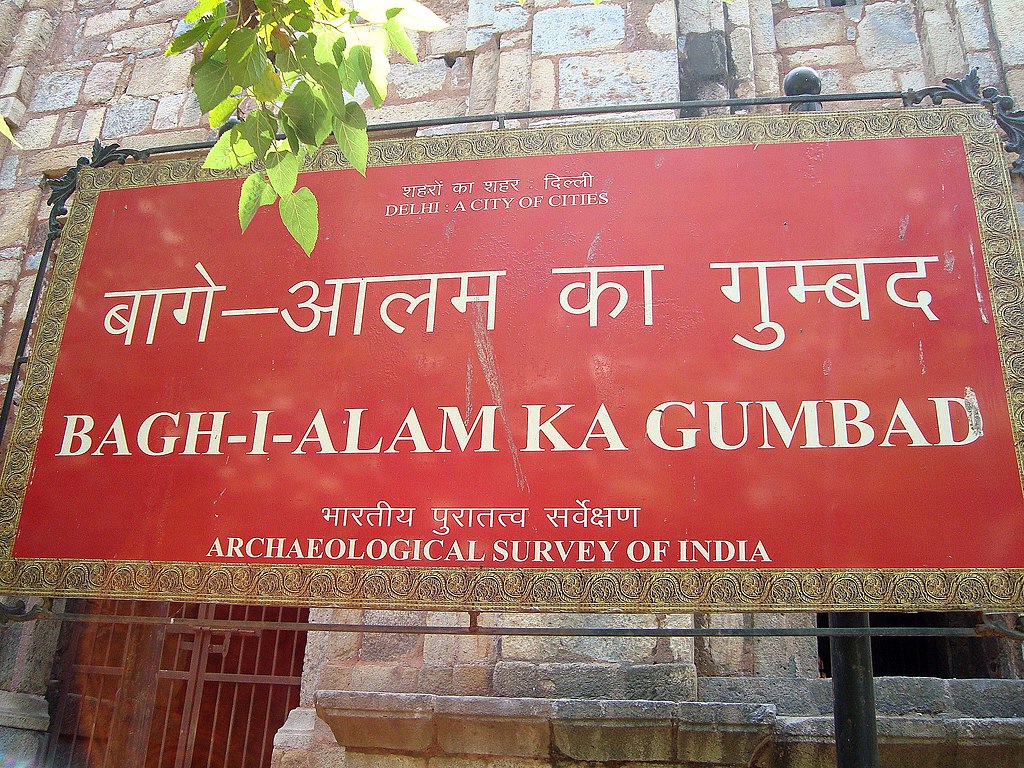




Bagh-e-Alam ka Gumbad, also known as the "Dome of the Garden of the World," is a historical monument in the South Delhi area, specifically within the region of Vasant Vihar. This domed tomb dates back to the Lodi period of the 15th century and is an example of the architectural and cultural achievements of the Lodi dynasty, which ruled Delhi before the Mughal Empire. The structure of Bagh-e-Alam ka Gumbad features typical Lodi architecture with its octagonal design, robust stone masonry, and a central dome that sits atop a raised platform. The walls are adorned with intricate decorative patterns, reflecting the Persian-influenced style prevalent during the period. Its design is relatively simple compared to later Mughal tombs but has elegant proportions and an austere beauty that exemplifies Lodi-era aesthetics. The tomb is believed to have housed the remains of a noble or prominent figure from the Lodi period, although the identity of the person interred remains uncertain. Today, Bagh-e-Alam ka Gumbad is a protected monument and a valuable piece of Delhi’s heritage, visited by history enthusiasts and locals alike. It provides a glimpse into the pre-Mughal era of Delhi and the Lodi dynasty’s contributions to Indo-Islamic architecture.